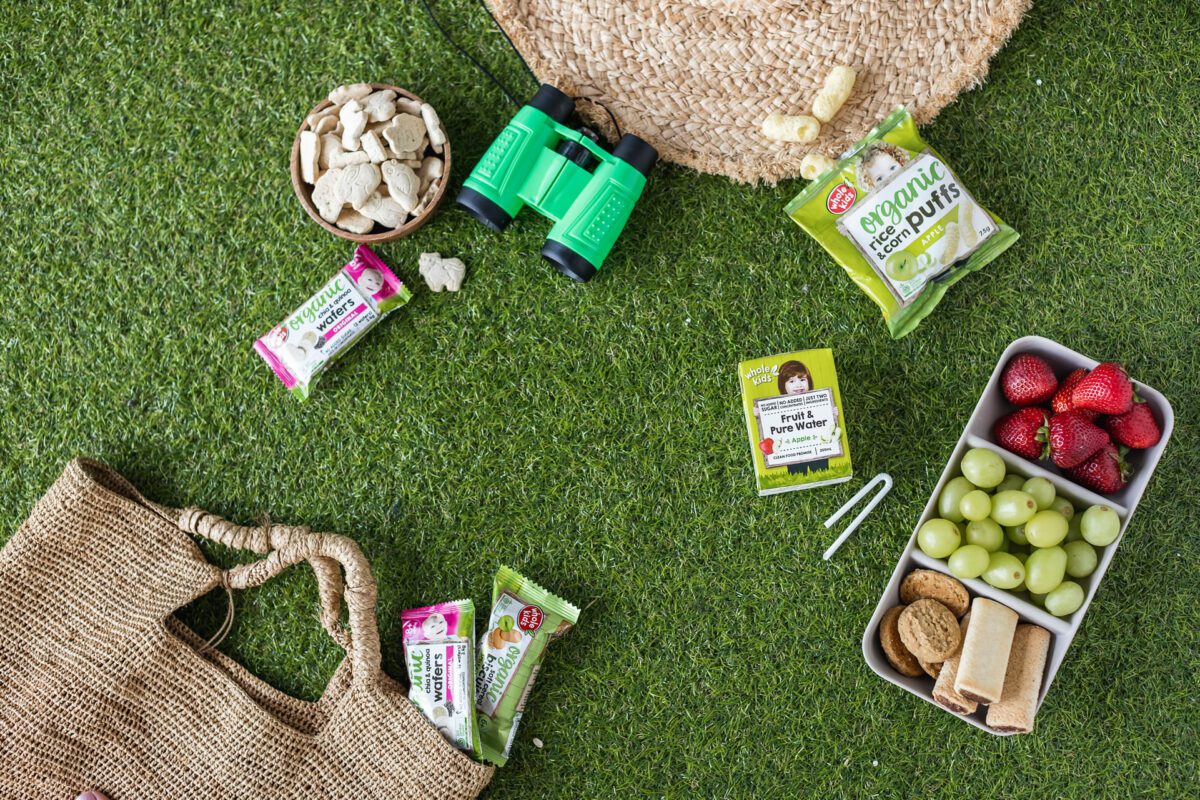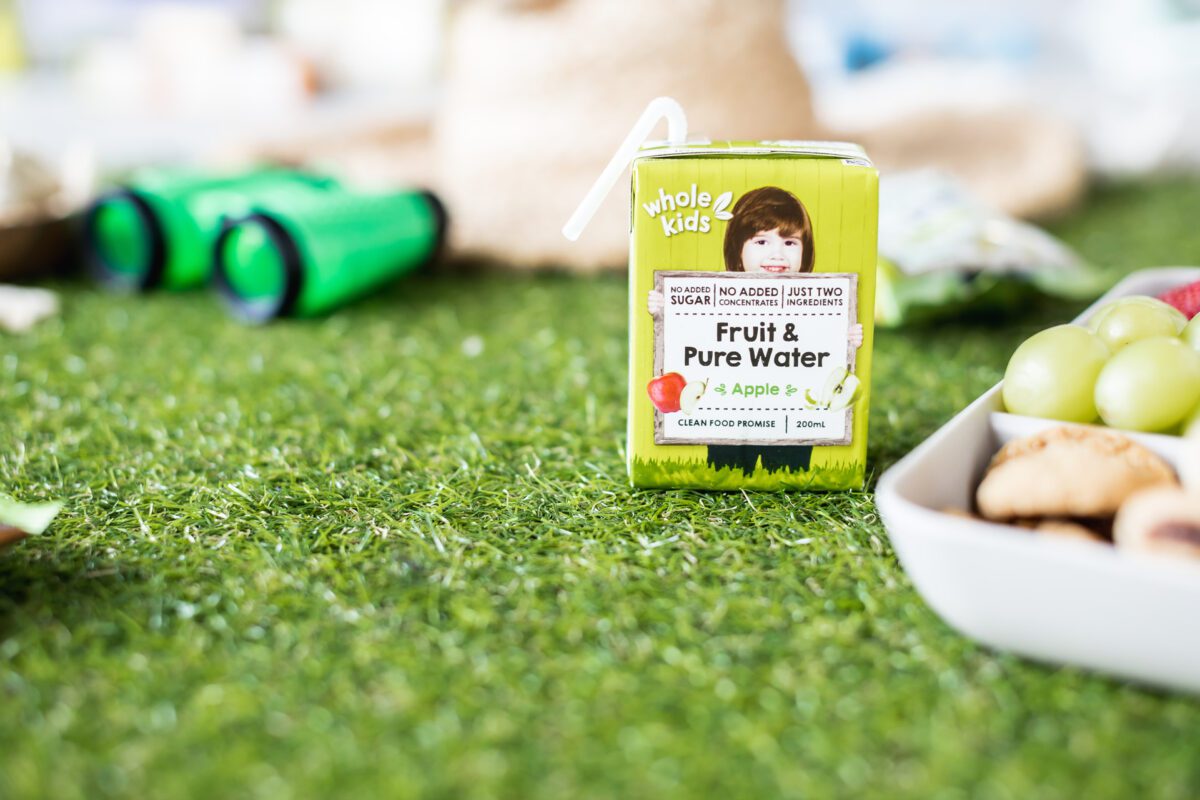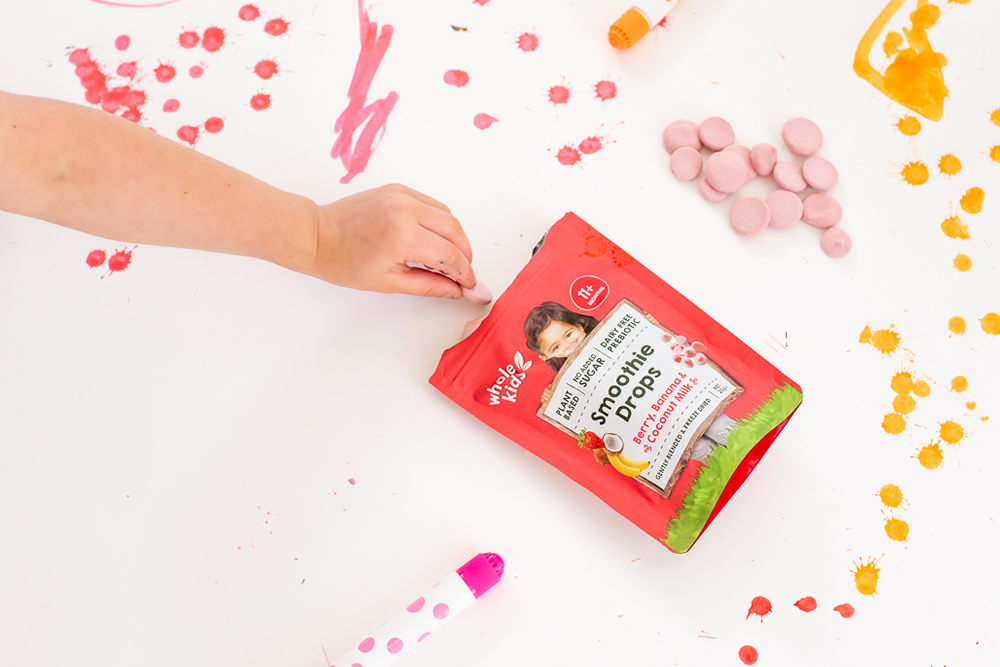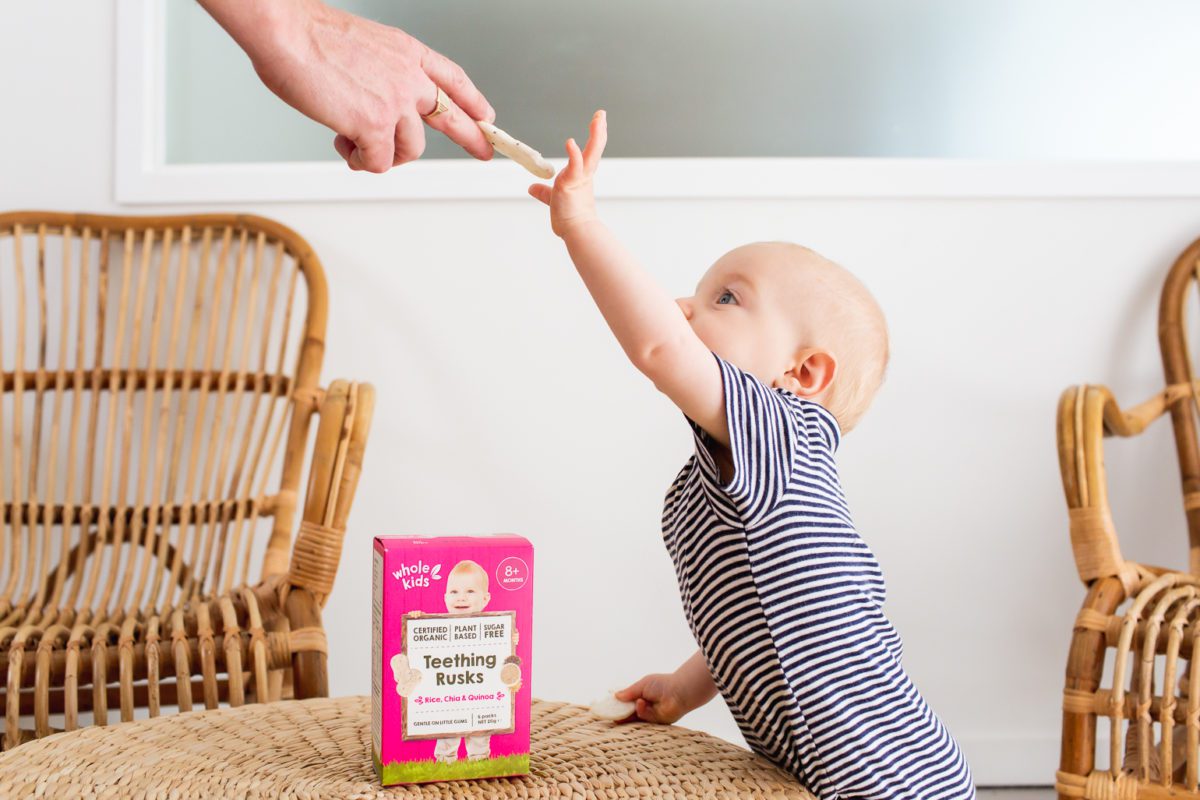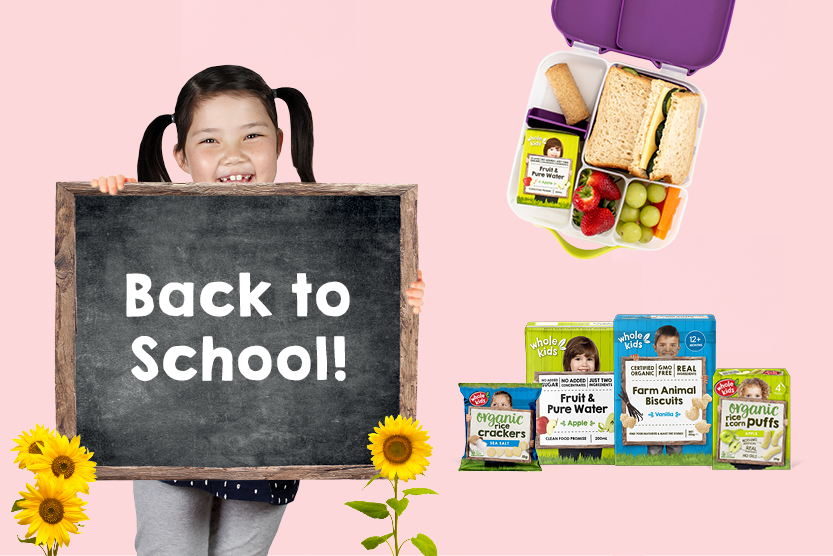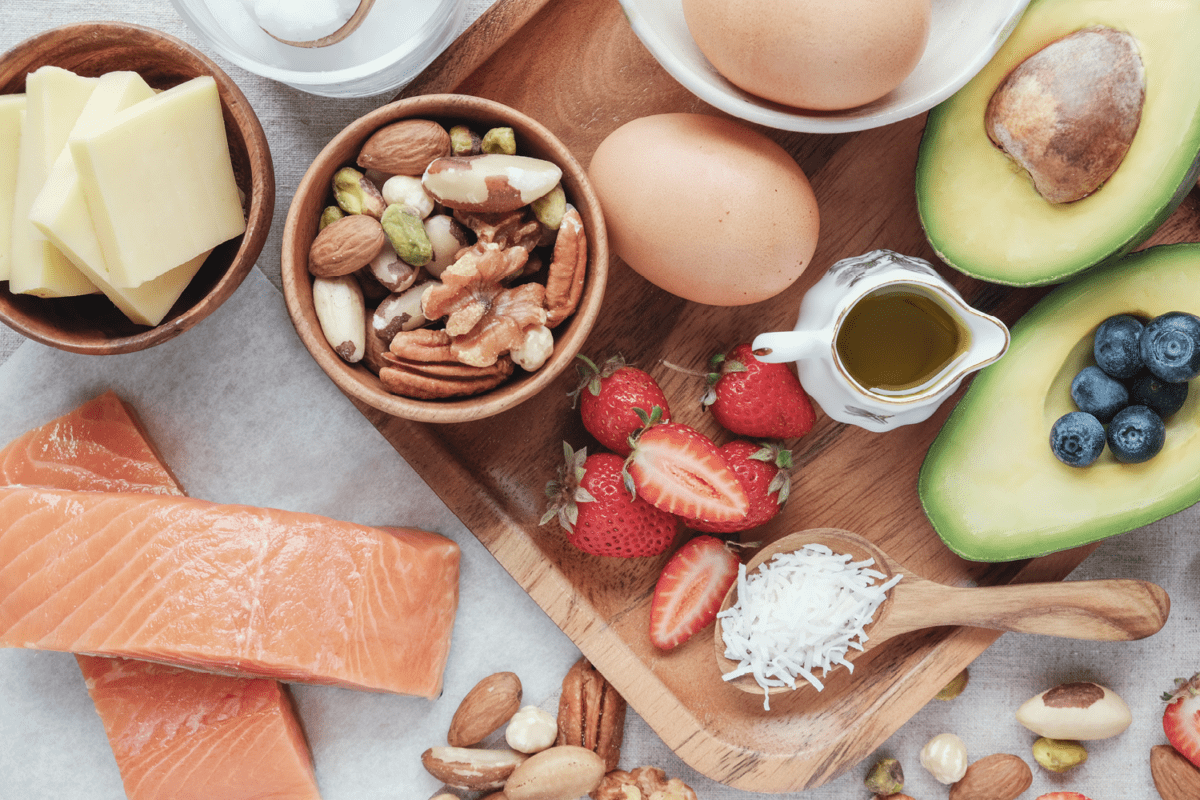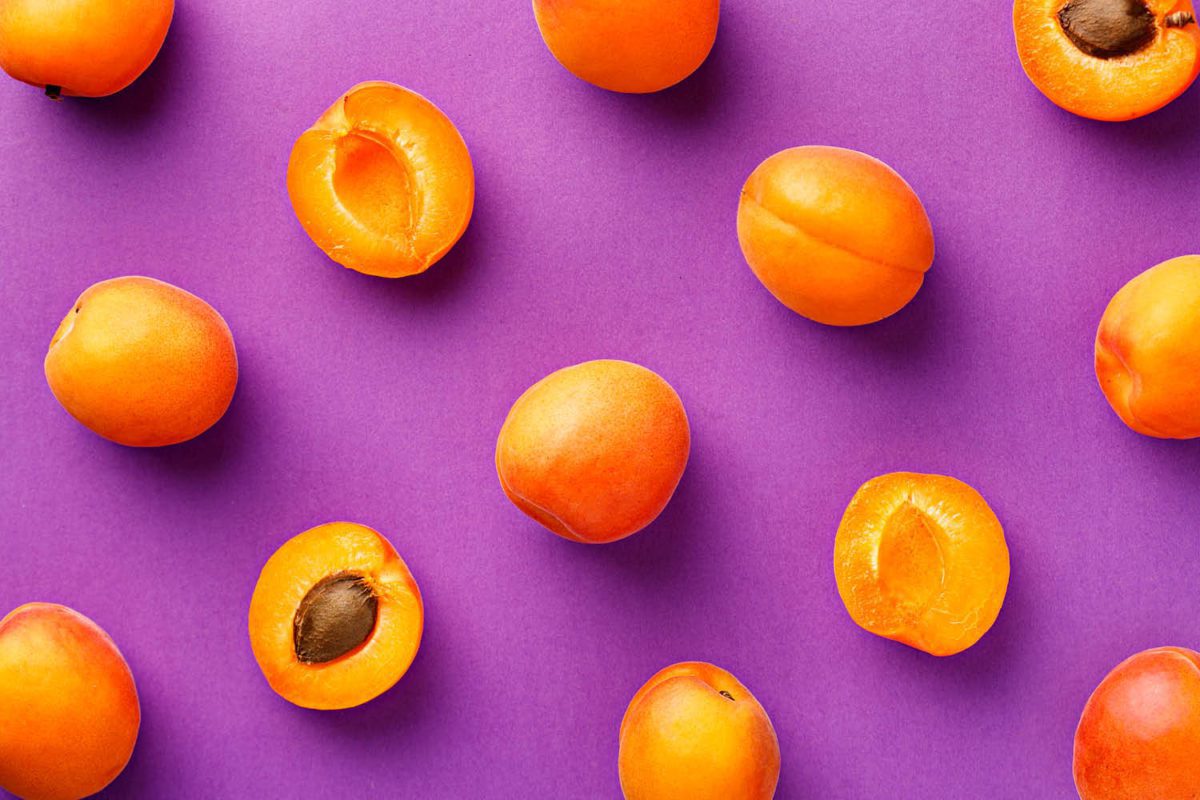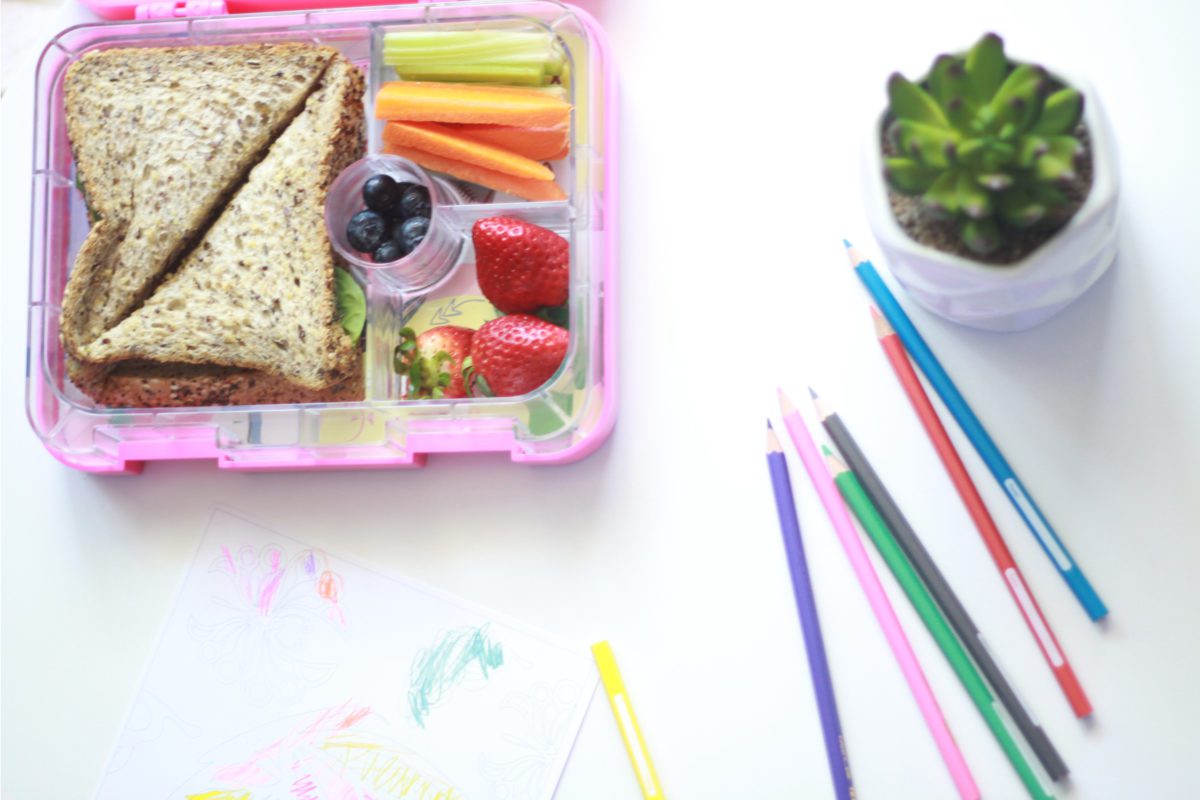Food additives can be one of the trickiest parts on a food label and they can often leave parents confused. We don’t blame you. There are so many different food additives and they are often listed as chemicals or numbers, which may seem wholly undecipherable. In fact, they have a wide range of functions including: improving the flavour or appearance of a food, keeping the quality or stability of a food – for example, by maintaining moisture levels and softness in fruit – or preserving a food to extend its shelf life.
The use of these different food additives is regulated in Australia by Food Standards Australia New Zealand (FSANZ). A safety assessment is carried out on each food additives before it can be used to check whether the food additive is safe (at the use levels being proposed). In addition, there must also be a good technological reason for using the additive, such as preventing food poisoning [1]. Yet there are still health concerns around the use of some additives in foods, particularly for children, and in some instances, quite rightly so. It should be said, however, that regulatory bodies have also shown many additives to be safe for consumption.
What are the reasons for this concern?
Firstly, additives and processed food go together. The more highly processed foods you eat, the more additives you’ll eat too. As for the health concerns, there is a debate over the use of some food preservatives such as sodium nitrite (250) and sodium nitrate (251), the combination of sodium benzoate or potassium benzoate (212) and ascorbic acid (vitamin C, both naturally occurring and the additive 300) in soft drinks, which can result in the formation of benzene and the use of artificial colours as well as many others.
In terms of artificial colours, a UK government-funded study concluded that a mixture of colourings and the preservative sodium benzoate (211) could be linked to increased hyperactivity in some children. The colours don’t have a functional purpose and so are unnecessary to foods. The colours are often only used for marketing purposes. Within the EU, foods containing these colours are now labelled with a mandatory warning: “May have an adverse effect on activity and attention in children” [3]. However, at present FSANZ say dietary exposure to added colours in food and beverages doesn’t pose a public health and safety concern for children in Australia [2]. Given the UK’s position to push for industry action to remove the colours altogether and the action the EU has taken to inform consumers, there is good reason for FSANZ to review its position.
Not all additives are unnatural
Some reassurance over the use of additives is that there are a number which occur naturally such as ascorbic acid (vitamin C), vitamin E and lecithin which is present in egg yolks, soy beans, peanuts and maize. In addition, we, as humans, are not able to distinguish between a chemical naturally present in a food and the same chemical present as an additive [3].
But the easiest way to avoid ingestion of additives is to cook from scratch and eat homemade, or lightly processed, food, and of course, look for additive-free products.
Useful resources
Choice provides a handy guide to additives and their respective numbers found on ingredient labels, a brief overview if below. More information can be found here.
- Colours (code numbers in the 100 range) that add or restore colour to foods.
- Preservatives (200 range) that help protect against food deterioration caused by micro-organisms.
- Antioxidants (300 range) that slow or prevent the oxidative deterioration of foods.
- Artificial sweeteners (including intense sweeteners in the 900 range, and bulk sweeteners such as sorbitol, 420) provide a sweet taste for fewer kilojoules than sugar.
- Flavour enhancers (mainly in the 600 range) that improve the flavour and/or aroma of food.
- Emulsifiers (mostly in the 400 range) help prevent oil and water mixtures (in mayonnaise, for example) from separating.
- Stabilisers (mostly in the 400 range) maintain the uniform dispersal of substances in foods like ice cream.
- Thickeners (including vegetable gums, which have code numbers mostly in the 400 range, and modified starches, with code numbers in the 1000 range) increase the viscosity of foods like thickened cream to a desired consistency.
Better Health Victoria also provides information on the use of additives in food here.
[ultimate_heading main_heading=”About the Author” main_heading_color=”#85c343″ heading_tag=”h4″ alignment=”left” main_heading_font_size=”desktop:22px;”][/ultimate_heading]Diana Austen works for Whole Kids as a Nutrition Advisor. With a Master’s degree in nutrition, she has spent over six years’ experience working with a range of companies on innovation, strategic insight and regulatory and scientific affairs. Fascinated by the nutritional requirements of infants and young children she focuses specifically on products for this age group.
[ultimate_heading main_heading=”References” main_heading_color=”#85c343″ heading_tag=”h4″ alignment=”left” main_heading_font_size=”desktop:22px;”][/ultimate_heading] [1] How Food Standards Australia New Zealand (FSANZ) ensures the safety of food additives, updated July 2013. http://www.foodstandards.gov.au/consumer/additives/additivecontrol/Pages/default.aspx (accessed 28 Feb 2017). [2] Choice. Food additives you should avoid, 2014. https://www.choice.com.au/food-and-drink/food-warnings-and-safety/food-additives/articles/food-additives-you-should-avoid (accessed 18 April 2017). [3] Food Standards Australia New Zealand (FSANZ) information on additives, updated May 2016. http://www.foodstandards.gov.au/consumer/additives/additiveoverview/Pages/default.aspx (accessed 28 Feb 2017).
